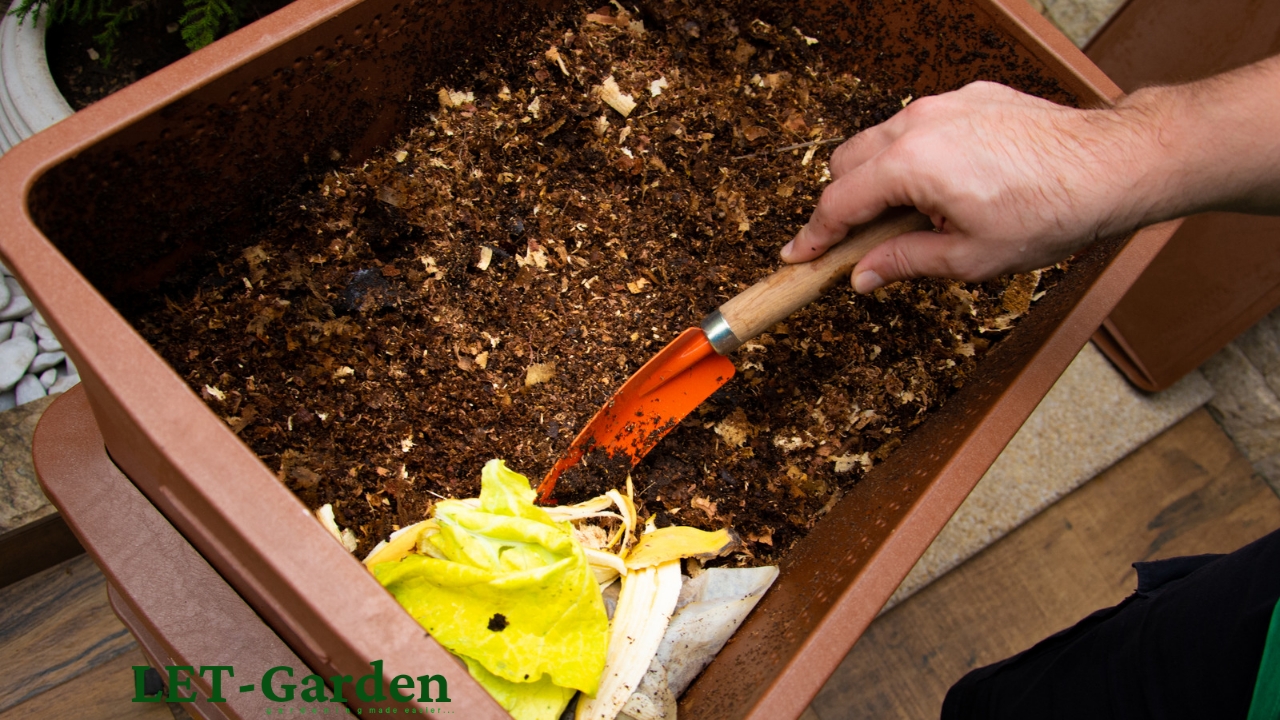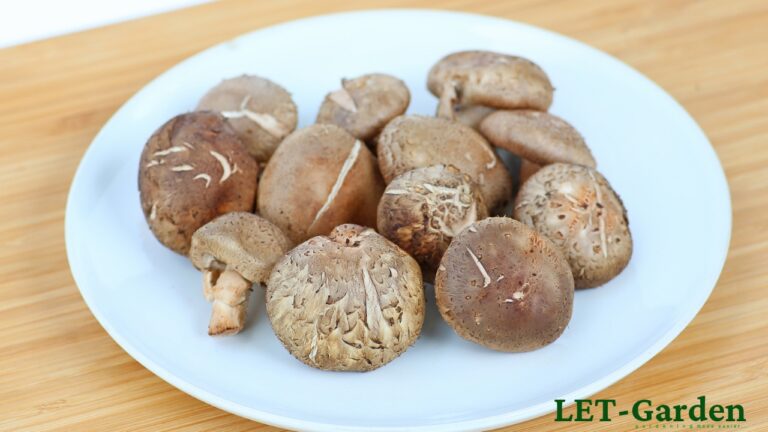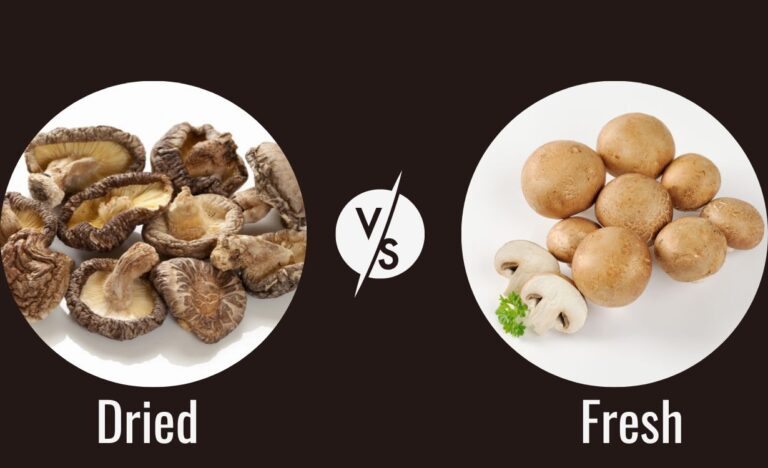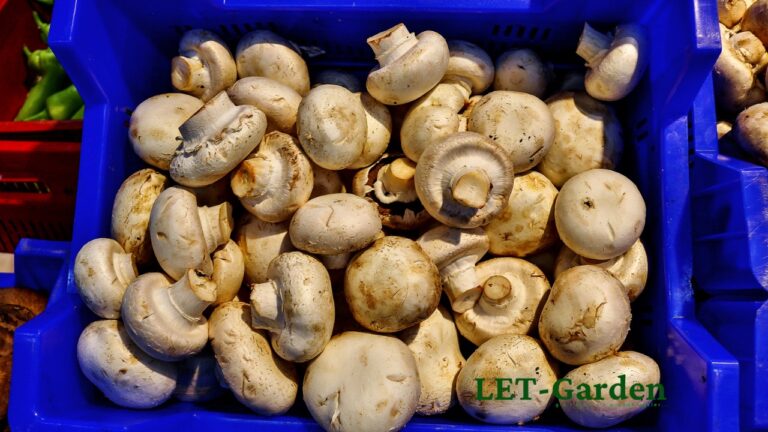
White Button Mushrooms Compost, From Compost to Harvest
Mushrooms are a popular and nutritious ingredient in many recipes. White button mushrooms, in particular, are widely enjoyed for their mild flavor and versatility in cooking. But have you ever wondered how these little fungi are grown? The answer lies in the compost used to nourish them.
Compost is a key ingredient in mushroom cultivation. It provides the necessary nutrients and environment for mushrooms to grow and thrive. Without proper compost, mushroom cultivation can be difficult, if not impossible.
The purpose of this blog post is to explore the role of compost in growing white button mushrooms. We’ll discuss the compost ingredients and composting process needed to create the ideal environment for mushroom growth. We’ll also cover common mistakes to avoid when composting for mushrooms. Whether you’re a seasoned mushroom grower or just starting out, this blog post will provide you with the knowledge and skills to create the perfect compost for growing white-button mushrooms. So let’s dive in!
Types of Compost: Animal-based, Plant-based, and Synthetic

Compost is a nutrient-rich, organic material that is created through the process of decomposition. It is often used as a natural fertilizer in gardening and farming. In this blog post section, we will discuss the three main types of compost: animal-based compost, plant-based compost, and synthetic compost.
Animal-based Compost
Animal-based compost is made from animal manure, such as a cow or horse manure. It is a rich source of nitrogen, which is essential for plant growth. Animal-based compost is often used in gardening and farming. It is important to note that not all animal manure is suitable for composting, and care must be taken to avoid contamination from pathogens or antibiotics.
Plant-based Compost
Plant-based compost is made from plant materials, such as leaves, grass clippings, and other yard waste. It is a good source of carbon, which is important for soil structure and water retention. Plant-based compost is a popular choice for gardeners because it is easy to source and can be created from materials that would otherwise go to waste.
Synthetic Compost
Synthetic compost is made from inorganic materials, such as industrial waste or sewage sludge. While it can be a source of nutrients, it is generally not recommended for gardening or farming due to potential contamination. Synthetic compost may contain heavy metals or other harmful substances that can be harmful to plants and humans.
Choosing the Right Compost for Your Needs
When choosing a compost for your gardening or farming needs, it is important to consider the specific needs of your plants and the type of soil you are working with. Animal-based compost is a good choice for plants that require a lot of nitrogen, such as leafy greens. Plant-based compost is ideal for improving soil structure and water retention. Synthetic compost should be avoided for gardening and farming purposes due to potential contamination.
However, compost is a valuable resource for promoting healthy soil and sustainable agriculture. By understanding the different types of compost available, you can choose the best option for your gardening or farming needs.
Compost Ingredients for White Button Mushrooms
White button mushrooms are a popular variety of mushrooms that are commonly grown in compost. The success of mushroom cultivation depends on the quality of the compost used. In this blog post section, we will discuss the ingredients and requirements for creating compost that is suitable for growing white button mushrooms.
Substrate Composition
The substrate composition of compost for growing white button mushrooms typically consists of a blend of organic materials, such as straw, hay, and poultry manure. The substrate should be nitrogen-rich, with a carbon-to-nitrogen ratio of around 20:1. This ratio is important to ensure that the microorganisms responsible for breaking down the substrate have the necessary nutrients to thrive.
Nutrient Requirements
White button mushrooms have specific nutrient requirements that must be met for successful cultivation. The compost should be high in nitrogen, phosphorus, and potassium, which are essential nutrients for mushroom growth. The compost should also contain a variety of micronutrients, such as calcium, magnesium, and zinc, to promote healthy mushroom development.
pH and Moisture Levels
The pH level of the compost should be slightly acidic, with a range of 6.0 to 7.5. This range is important for promoting the growth of the mycelium, which is the vegetative part of the mushroom that grows in the compost. The moisture level of the compost should also be carefully monitored, as white button mushrooms require a high level of humidity to grow properly.
Additives
Additives can be used to enhance the quality of the compost and promote the growth of white button mushrooms. Lime is often added to adjust the pH of the compost and promote the growth of the mycelium. Gypsum is another common additive, as it can improve the structure of the compost and promote water retention.
Moreover, creating compost for growing white button mushrooms requires careful consideration of the substrate composition, nutrient requirements, pH and moisture levels, and additives. By using high-quality compost that meets the specific needs of white button mushrooms, growers can ensure a successful harvest and promote sustainable agriculture.
Composting White Button Mushrooms
Composting is an essential step in the process of growing white button mushrooms. In this blog post section, we will discuss the steps involved in composting white button mushrooms, including sterilization, inoculation, incubation and colonization, and the fruiting process.
Sterilization of Substrate
The first step in composting white button mushrooms is to sterilize the substrate. This is typically done by heating the compost to a temperature of around 160°F (70°C) for several hours. Sterilization is important to kill any unwanted bacteria or fungi that may compete with the mushroom spores.
Inoculation of Substrate with Mushroom Spores
Once the substrate has been sterilized and cooled, it is inoculated with mushroom spores. The spores are typically mixed into the substrate and then placed in containers, such as plastic bags or trays. The containers are then covered and placed in a dark, warm environment to encourage the spores to grow.
Incubation and Colonization
During the incubation and colonization stage, the mycelium begins to grow and spread throughout the substrate. This process can take several weeks to several months, depending on the temperature, humidity, and other growing conditions. It is important to monitor the substrate during this stage to ensure that the mycelium is healthy and growing properly.
Fruiting Process
Once the mycelium has fully colonized the substrate, the fruiting process can begin. This is when the mushrooms begin to form and grow. The fruiting process requires specific growing conditions, including high humidity and adequate light. The mushrooms are typically harvested when they are still small and tightly closed, as they will continue to grow even after they are harvested.
Nevertheless, composting white button mushrooms is an important step in the process of growing this popular variety of mushrooms. By following the proper steps, including sterilization, inoculation, incubation and colonization, and the fruiting process, growers can produce high-quality white button mushrooms that are both nutritious and delicious.
Common Mistakes in Mushroom Composting
Mushroom composting can be a delicate and intricate process that requires attention to detail and careful execution. Even experienced mushroom growers can run into issues that can affect the quality of their harvest. In this section, we will look at some of the most common mistakes made in mushroom composting and how to avoid them.
Contamination
One of the most common mistakes in mushroom composting is contamination. Contamination can occur at any point in the composting process and can be caused by a range of factors, such as airborne spores, unsterilized equipment, or contaminated water. Contamination can lead to reduced yields or a complete loss of the crop. To avoid contamination, growers should maintain a sterile environment and use high-quality, sterilized equipment. They should also take precautions to prevent airborne contamination, such as filtering the air and using protective gear.
Improper Compost Preparation
Another common mistake in mushroom composting is improper compost preparation. Compost preparation involves mixing and sterilizing the substrate, which is a crucial step in the process. If the substrate is not properly mixed or sterilized, it can lead to low yields or contamination. To avoid this mistake, growers should follow the compost recipe carefully, ensuring that all the ingredients are mixed evenly and sterilized correctly.
Incorrect Growing Conditions
Mushrooms require specific growing conditions to thrive, such as proper temperature, humidity, and light. One common mistake is not providing the ideal growing conditions, which can lead to low yields or stunted growth. Growers should monitor and adjust the growing conditions regularly, ensuring that the temperature and humidity are optimal for the species of mushroom they are growing. They should also make sure that the growing environment is clean and free of contaminants.
Lack of Monitoring
Finally, a lack of monitoring can be a significant mistake in mushroom composting. Mushroom growth is a delicate process that requires careful monitoring and attention. If growers do not monitor the growing conditions regularly, they may miss crucial signs that something is wrong, such as mold growth or changes in the color or texture of the substrate. To avoid this mistake, growers should monitor the growing conditions regularly, take note of any changes, and make adjustments as needed.
FAQs on Composting for White Button Mushrooms

Which compost is best for white button mushrooms?
The quality of compost is a crucial factor in the yield of white button mushrooms. The ideal compost for white button mushrooms is prepared from a mixture of horse manure and wheat straw.
How do you make compost for white button mushrooms?
To make compost for white button mushrooms, a good substrate should have a ratio of C: N of 25-30:1 during staking and 16-17:1 in the final compost. During the first phase of compost preparation, paddy straw is placed in layers and sufficient water is added to the stack, along with fertilizers, wheat bran, molasses, and other necessary additives.
Is mushroom compost the same as regular compost?
Mushroom compost is different from regular compost. Mushroom compost is prepared specifically for growing mushrooms and is often made from animal manure, straw, and other organic materials. After the mushrooms have been harvested, the remaining compost is still useful, although not as nutrient-rich as the initial compost, and can be used as a soil amendment or traditional compost.
What can I use in place of manure for white button mushrooms?
If you do not have access to manure, straw is a popular organic fertilizer that can be used in place of manure for making compost for white button mushrooms. The straw should be chopped into small pieces using a wood chipper and mixed with other necessary additives to create the ideal substrate for white button mushrooms.
Final Thoughts on Compost for White Button Mushrooms
Mushroom composting can be a rewarding and enjoyable hobby, but it requires attention to detail and careful execution. By avoiding these common mistakes, growers can increase their chances of a successful harvest and enjoy the delicious and nutritious mushrooms that they produce. Remember to maintain a sterile environment, prepare the compost correctly, provide the right growing conditions, and monitor the process regularly to avoid common mistakes in mushroom composting.

Hi, I’m Miles, the lead team member behind Gardeem.com. Besides being a passionate grower and writer, I’m a husband, father and grandfather to three! I started Gardeem in 2017 to provide simple and reliable gardening advice to everyone, regardless of their ability levels.





